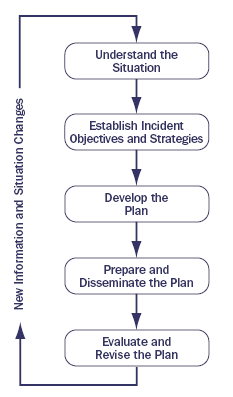Post Incident Debrief Template

Project Debrief Template
RationaleRestrictive interventions are most likely to be used in inpatient psychiatric settings. Conducting a post-incident debrief helps the organisation to identify and address any physical harm to service users or staff, ongoing risks, and the emotional impact on service users and staff. The person with a mental health problem who was involved in the incident should be offered the opportunity to contribute to the immediate debrief and discuss the incident with a member or staff, an advocate or a carer. This debrief should take place as soon as possible after the person has recovered their composure.
This gives them the opportunity to give their perspective of the event and understand what happened. Structurea) Evidence of local arrangements to ensure that the service carries out an immediate post-incident debrief after each incident when restraint, rapid tranquillisation or seclusion was used.Data source: Local data collection, for example, service protocol on physical restraint.b) Evidence of local arrangements to ensure that people with a mental health problem who experience restraint, rapid tranquillisation or seclusion are involved in an immediate post-incident debrief.Data source: Local data collection, for example, service protocol on physical restraint. What the quality statement means for different audiencesService providers (such as providers of mental health services and secondary care services) ensure that they conduct an immediate post-incident debrief after the use of restraint, rapid tranquillisation or seclusion to address physical harm, ongoing risks and the emotional impact of the incident. They should ensure that they provide an opportunity for people with a mental health problem involved in the incident to be involved in the debrief as soon as they feel ready.Healthcare practitioners (such as mental health nurses and staff working in forensic mental healthcare services) use restraint, rapid tranquillisation or seclusion only when de-escalation techniques have not worked.
Immediately after an incident, they conduct a post-incident debrief that includes addressing physical harm, ongoing risks and the emotional impact of the incident. They provide an opportunity for people with a mental health problem involved in the incident to be involved in the debrief as soon as they feel ready.Commissioners (clinical commissioning groups and NHS England) ensure the services they commission carry out an immediate post-incident debrief that includes addressing physical harm, ongoing risks and the emotional impact of the incident to service users.

Debrief Report Template
They also ensure that they commission services in which restraint, rapid tranquillisation and seclusion are used only when de-escalation techniques have not worked.People with a mental health problem who become violent or aggressive and have manual restraint, rapid tranquillisation or seclusion are given a chance to talk about what happened, why the restraint was used and how they feel about it. This should happen only after they have recovered their composure. Manual restraint, rapid tranquillisation (giving an injection of medication) and seclusion (taking the person to a room away from everyone else) are used to stop violent or aggressive behaviour when all other methods of stopping it haven't worked. Immediate post incident debriefThe debrief should include a nurse and a doctor and identify and address physical harm to service users or staff, ongoing risks and the emotional impact on service users and staff, including witnesses.
The incident should only be discussed with service users, witnesses and staff involved after they have recovered their composure.The debrief should use a framework for anticipating and reducing violence and aggression to determine the factors that contributed to an incident that led to a restrictive intervention, identify any factors that can be addressed quickly to reduce the likelihood of a further incident and amend risk and care plans accordingly.Adapted from NICE's guideline on.